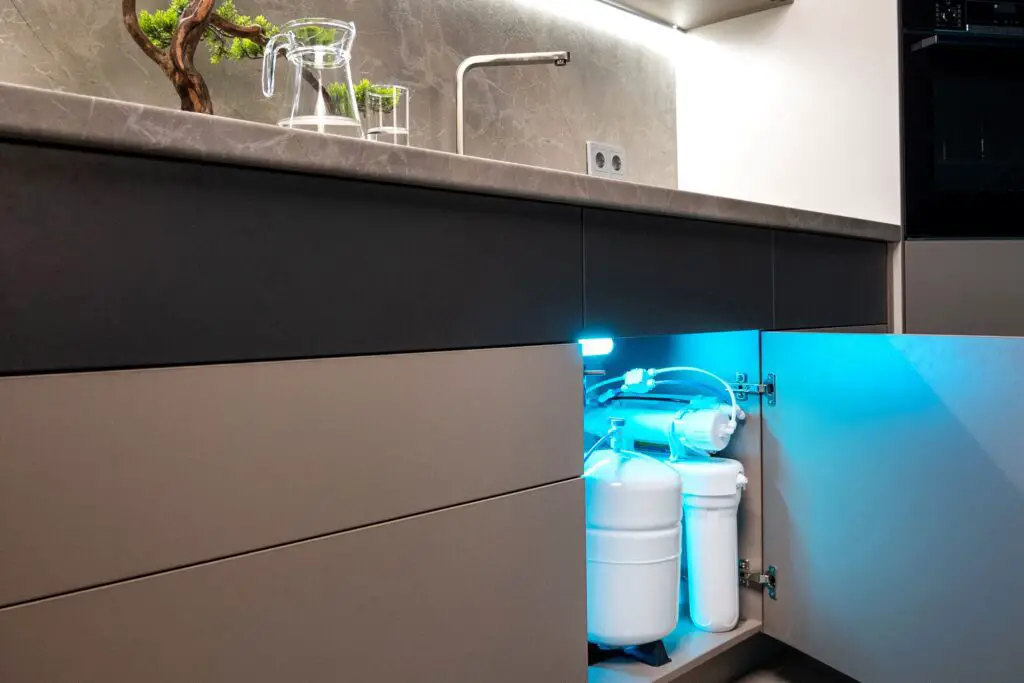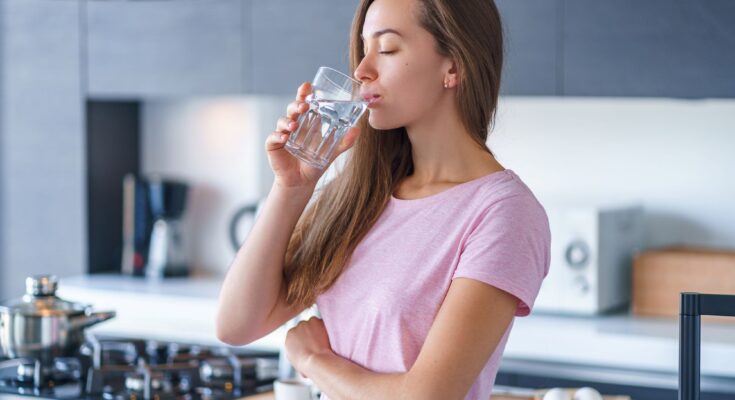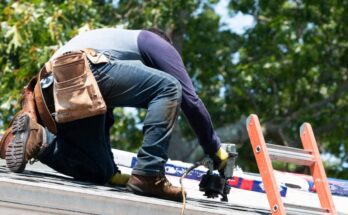Water is life! You’ve probably heard this statement a lot of times. But it’s true; without water, the human body can only survive three days. However, before drinking or using it on your plants, it’s best to ask yourself, is the water safe? Consuming unsafe water can cause diseases like cholera, typhoid, hepatitis, dysentery, and polio. Some of these conditions can result in death or permanent disability. Therefore, it’s essential to ensure your home water is safe.
Here are five ways to improve water quality at home:
- Install A Water Purification System
A water purification system is one of the most effective ways to improve your home’s water quality. It removes sediment, bacteria, hardness, and other pollutants leaving your water pure and safe to drink. There are various types of water purification systems:
Water Filtration Systems: Water filter systems improve the taste and purity of water by removing unwanted impurities like hardness, bacteria, and sediment. Simple filters are easy to set up, but some require the expertise of water purification experts like Filtap. You can request to install a whole house filter on your main water supply; another option is to place it in a specific area of your home, like the kitchen sink.
There are several water filtration systems depending on your budget. Water filters can serve you for a long time with regular cleaning and maintenance.
Reverse osmosis systems: The process removes contaminants from water when pressure forces it through semipermeable membranes. It eliminates sediments and other pollutants, leaving only water and minerals. Reverse osmosis filters also reduce bad taste and odors in water. Regularly replacing the membranes is crucial so dirt and toxins accumulated on the filters don’t mix with the water. It’s best to call a professional to install this system.
Water distillers: Water distillers imitate the natural filtration system of Earth. They can eliminate almost all contaminants in water (from arsenic to lead and viruses) through boiling and condensation. You’ll also save more money with a distiller than buying bottled drinking water.
2. Keep Your Water Pathways Well-Maintained
You may receive high-quality water, but your pipes and other fixtures could contaminate it. The corrosion of your plumbing system’s metal components can affect water quality and introduce harmful chemicals into your body. High-pressure water can cause loosened joints in pipes which can encourage mold growth. Furthermore, it can build up on the sides of your shower or even grow on the sides of the toilet. Exposure to mold causes coughing, throat irritation, wheezing, and irritation. These symptoms become worse in people with mold allergies.
The mold in your lines may affect the smell and taste of water at home. Investing in a pressure regulator is advisable to avoid problems associated with high-pressure water. A pressure regulator ensures your water flow remains within acceptable standards while keeping pipe joints intact. It’s best to maintain your water pathways by hiring a professional to check and replace them when necessary.
3. Use A Water Softener
A water softener is beneficial if you live in an area susceptible to hard water. Hard water contains high levels of magnesium and calcium. These minerals can leave deposits on your appliances that use water. Accumulation of these deposits interferes with the operation of your machines and ends up reducing their lifespan. The minerals in hard water also affect the taste, making it difficult to drink. Softening the water helps you save on costs and allow you to drink your water without worrying about bad taste.
4. Use Clean Water Aerators
An aerator passes a lot of air into your tap water. Adding air into the water improves the dissolved oxygen content and reduces ammonium and trace metal concentrations. Aerators also help prevent lead and other particles from entering your water. You can purchase an aerator from your local hardware store or online. Ensure that you clean your aerator every six months and replace them annually.
5. Boil Your Water
Boiling water is the cheapest option to ensure your drinking water is safe. This method is a sure way to kill most bacteria and germs that might be present in water. It’s not environmentally friendly, but boiling will do the trick if you want a cheaper method to purify water.
Choosing the appropriate purification method
There are many ways to improve home water quality. Water purification systems, softeners, and aerators, boiling your water, and maintaining clean water pathways are effective ways to improve your home’s water quality. Before deciding which method to use, it’s best to consider your water consumption and the available space at home. It’s also crucial to check your budget since there are expenses associated with installing and maintaining any water purification system. If you need help deciding which method to use, contact a reliable water purification company near you for expert advice and assistance.




